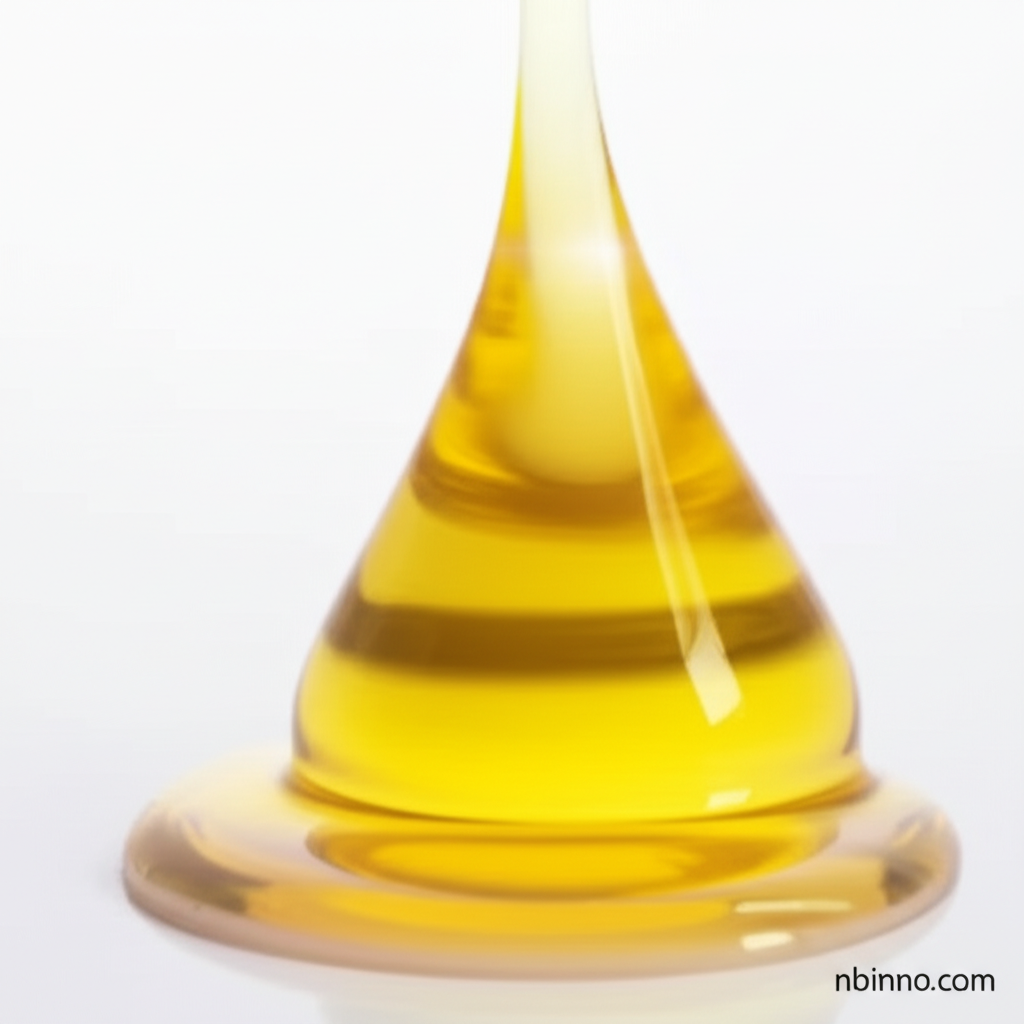Palmitoleic Acid: A Versatile Monounsaturated Fatty Acid
Discover the comprehensive properties, diverse applications, and potent antibacterial capabilities of Palmitoleic Acid.
Get a Quote & SampleProduct Core Value

Palmitoleic Acid
Palmitoleic acid is a monounsaturated omega-7 fatty acid that plays a significant role in various biological and industrial applications. Its unique chemical structure and properties make it valuable in cosmetics, food production, and as a chemical reagent.
- Explore the key chemical properties of Palmitoleic Acid, including its molecular formula (C16H30O2) and weight (254.41 g/mol), which define its behavior in various reactions.
- Learn about the Palmitoleic Acid uses in cosmetics, where its moisturizing and antimicrobial properties are highly sought after.
- Investigate the Palmitoleic Acid production methods, particularly its isolation from microalgae, highlighting advancements in algal biotechnology.
- Understand the Palmitoleic Acid CAS 373-49-9, a crucial identifier for sourcing and regulatory purposes in the chemical industry.
Advantages of Palmitoleic Acid
Exceptional Skin Health Benefits
As a key component of skin sebum, palmitoleic acid contributes to a protective barrier, moisture retention, and aids in skin healing, making it valuable for skincare formulations.
Potent Antibacterial Agent
Studies indicate that palmitoleic acid exhibits significant in-vitro antibacterial activity, particularly against fish pathogens like Streptococcus agalactiae, showcasing its potential as a natural antimicrobial agent.
Versatile Industrial Applications
Its utility as a chemical reagent, precipitant, and waterproofing agent, alongside its use in food products like edible oil and margarine, demonstrates its broad industrial relevance.
Key Applications
Cosmetics and Personal Care
Leveraging its skin-beneficial properties, palmitoleic acid is incorporated into formulations for its moisturizing and antimicrobial effects, contributing to overall skin health.
Food Industry
Used in the production of edible oils, crispy fats, and margarines, contributing to texture and nutritional profiles in various food products.
Chemical Synthesis
Acts as a crucial chemical reagent and precipitant in various laboratory and industrial chemical processes.
Aquaculture and Animal Health
Its demonstrated antibacterial activity against fish pathogens suggests potential applications in protecting aquatic organisms and animal feed formulations.
